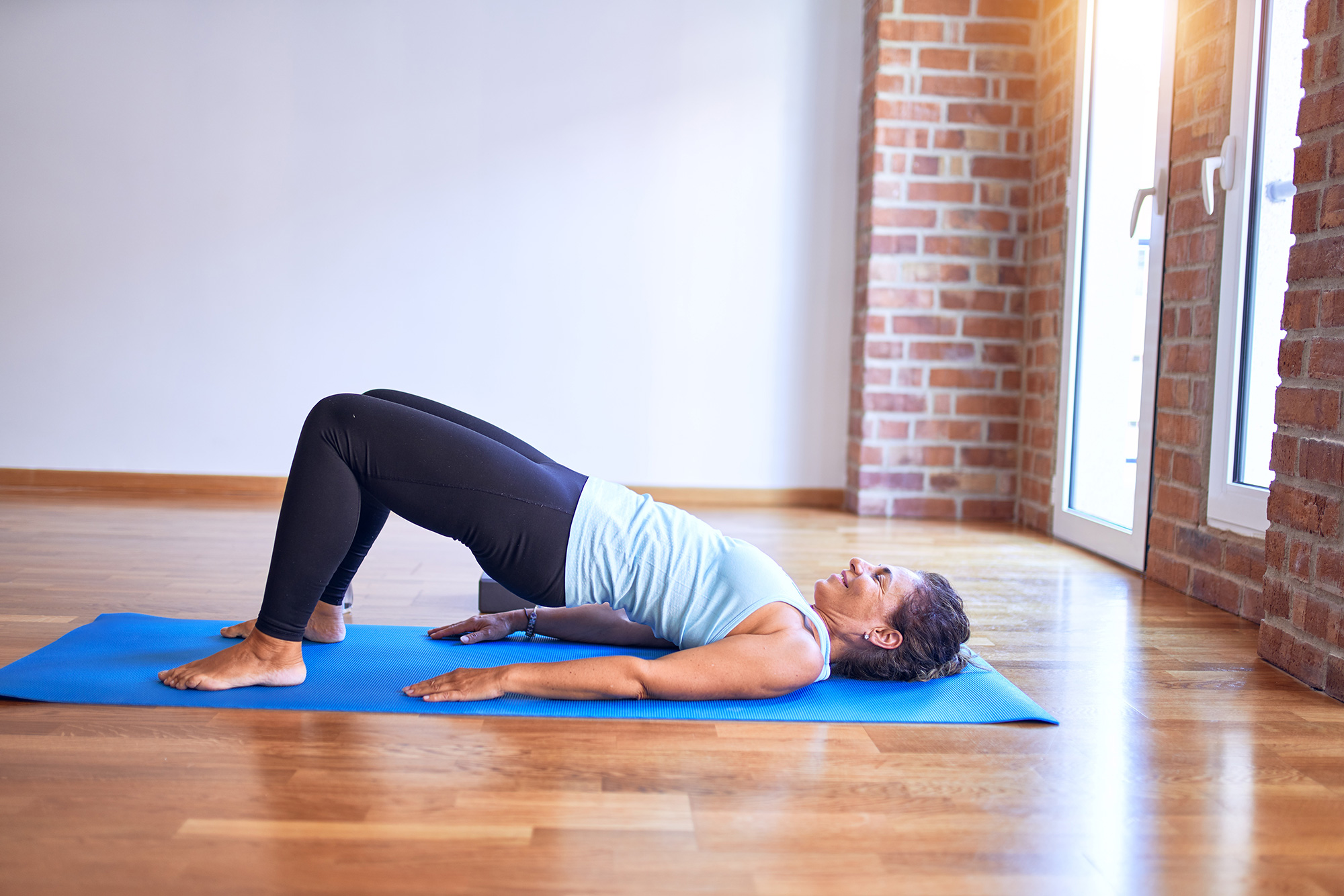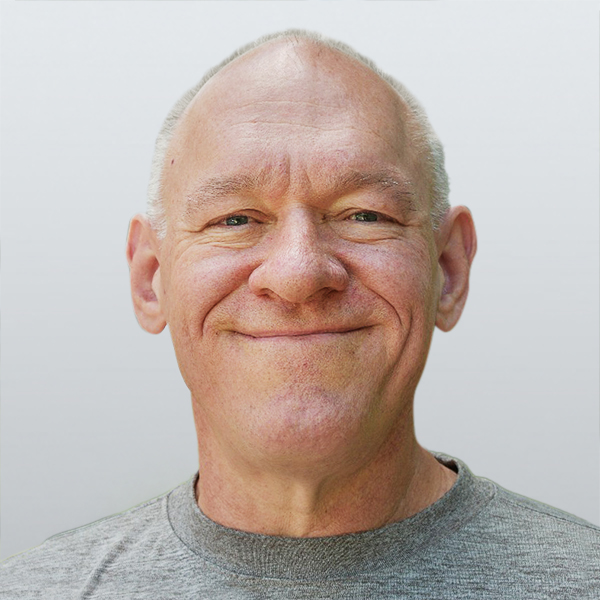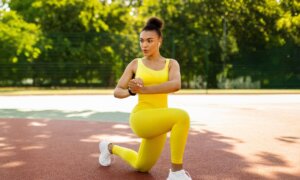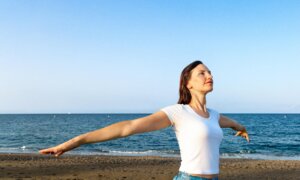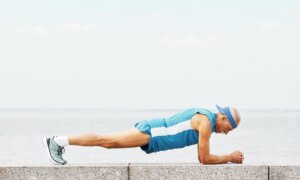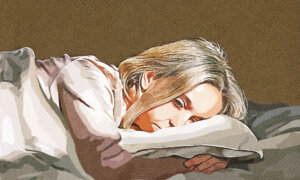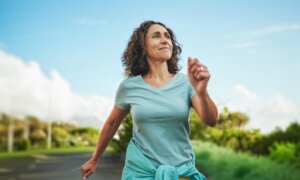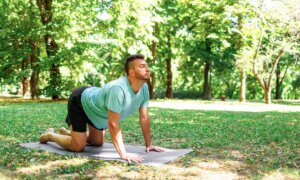When I used to host therapy students, one question they would inevitably ask was how to discern when patients were truly improving. Although there are multiple answers to that question, one of the simplest and most sensible is that they simply begin to feel better and vocalize it.
There comes a day in every patient’s rehab course when you enter their room and think, “Wow, they look a lot better today.” And they'll tell you they do.
That happened today.
I went into a patient’s room wearing my most professional up-and-at-'em professionalism hat. I have an array of “hats” because some patients respond better to humor, others to casual conversation, and still others to strict professionalism that deflects their pleas of weakness, pain, and the perpetuation of “stay in bed” mode.
Today’s patient greeted me with an enthusiastic gusto I hadn’t seen before—strong enough to give me pause. Was this the same dour fellow who often proclaimed life was over and that he just needed to stay in bed until he rotted away? It was indeed—but apparently, he had remade himself.
My immediate hunch proved to be correct. The patient transferred easily out of bed, ambulated all the way down to the therapy gym with minimal assistance, and subsequently went through all of his tasks without delay or overt strain. He had arrived!
Such exuberant recovery often reflects reclaimed leg strength. Day-to-day tasks such as getting up and sitting down with vigor instead of struggle and moving around without tottering or shortness of breath reignite our will to get up in the morning.
Youth Is in the Legs
Regaining your leg strength will help you get around like you want to with renewed ease—and strong legs make for happy people.
The following exercises can help your legs get stronger, increase your functional abilities, and decrease the feeling of effort associated with functional tasking.
These exercises work well for my patients, but you may wish to consult with your medical provider to ensure that they are right for you.
1. Lying Leg Raises
In terms of strength, we often tend to think of the larger muscles of the lower body rather than the muscles that help stabilize balance and postural control while we move about. Lying leg raises can help fill that gap by addressing the lateral muscles along the outside of the legs and hips.
Don’t minimize the value of this exercise. At the clinic, we consistently work on lateralization exercises to ensure that our patients have the balance they need to go along with their leg strength.
Practice Tip: You can perform this exercise lying on the floor or in bed. You can lay your head on a pillow or support it with your hand if needed.
Step 1: Lie on your side with one leg resting on top of your other leg.
Step 2: Slowly lift your upper leg straight up while keeping your knee straight. Move as far up as you comfortably can before lowering your leg back to the starting position.
Step 3: Raising your leg and lowering it counts as one repetition. Try to perform three sets of 20 repetitions on one side, then switch to the other side.
This exercise lends itself to task performance on one side first and then the other.
Modification: If you can’t lift your leg very high, don’t worry. Just start where you start, knowing that you will improve from there.

(Ceridwen Hunter/The Epoch Times)
2. Calf Raises
Calf raises strengthen the gastrocnemius and soleus muscles on the back of your calves. These muscles help push your toes down during walking or other movement-related tasks. When these muscles are strong, you can count on having a healthy spring in your step.
Step 1: Stand with your feet at hip-width. You can stand by a counter, chair, or table if needed to maintain your balance.
Step 2: Slowly rise to your tiptoes and hold at the top of the movement for one second before slowly lowering back down.
Step 3: Moving up onto your tiptoes and back down counts as one set. Try to perform three sets of 15 repetitions, feeling free to modify sets and repetitions to your liking.
These exercises can leave your calf muscles tired and sore, so I would advise staying to three sets of 15 repetitions for a few days to see how your body reacts before increasing the sets and counts.
Modification: If you can’t go up very far, start where you can. If your ankles are stiff or in pain, double the time you take to rise and return down.

(Ceridwen Hunter/The Epoch Times)
3. Front Squat Walk
Now that we’ve addressed the sides of the legs and the calves, let’s move to your glutes and quadriceps muscles. This exercise is the “real deal” in that it aggressively works the big muscles of your legs. These muscles are the ones that help you squat, stand, and sit—and the stronger they are, the better.
Practice Tip: This is a great activity to perform down a hallway or outside.
Step 1: Stand with your feet hip-width apart.
Step 2: Squat down until your knees are at approximately 90 degrees of flexion.
Step 3: Begin walking in this crouched position. Only step as far forward as you can control.
Step 4: Try to perform three sets of at least 30 seconds. (I prefer to use set counts over steps for this one)
Once you get comfortable with this exercise, feel free to increase the times and number of sets to suit your needs.
Modification: If you can’t squat to 90 degrees at your knees, just bend them as far as you can. As you get stronger, you will be able to do more.

(Ceridwen Hunter/The Epoch Times)
4. Glute Bridges
Glute bridges work on your gluteal muscles and offer the excellent fringe benefit of working on your core muscles.
Practice Tip: This exercise is performed in supine. You can either lie on the floor or perform it in bed.
Step 1: Lie flat with your arms by your sides and knees bent so your feet are flat on the surface, about hip-width apart.
Step 2: Press down through your feet as you lift your hips as high as they can go. Take one to two seconds to move into position and hold the position for two seconds before slowly lowering back down.
Step 3: Moving up and then back down counts as one repetition. Try to perform three sets of 12 repetitions.
Modification: Glute bridges can be challenging, so just do what you can. You can also place your hands under the small of your back to help decrease lower back tightness if you need to.

(Ceridwen Hunter/The Epoch Times)
5. Lateral Squat Walk
Honestly, you might think I’m torturing you by assigning you this exercise, but it’s a superb, well-rounded way to increase overall lower body strength. It also makes practical squatting easier and increases your sure-footedness.
Step 1: Stand with your feet hip-width apart and your arms by your sides.
Step 2: Move into a squatting position with your knees flexed to 90 degrees.
Step 3: Emulate the walking squat above, but move in a lateral direction instead of forward.
Step 4: Keep your head high and your knees bent at approximately 90 degrees as you step to the right with your right foot and then follow with your left foot. Continue doing this for 30 seconds.
Step 5: Performing this exercise for 30 seconds in one direction counts as one set. Try to perform three sets on each side, resting between sets as indicated.
Modification: If you can’t perform the task with 90 degrees of knee flexion, feel free to decrease the degree to which you bend your knees to compensate. You can even stand upright to step laterally if that works best for you, going lower as you get stronger.

(Ceridwen Hunter/The Epoch Times)
Youth is in the legs because strong legs help you move and function better. These exercises can help strengthen your legs and maximize your functional efficacy, taking the strain out of your daily routines and even making them more enjoyable.
About the fitness model: Aerowenn Hunter is a health editor and fitness model for The Epoch Times. Vibrant in her 60s, she’s an accredited yoga therapist who has dedicated three decades to teaching yoga.





